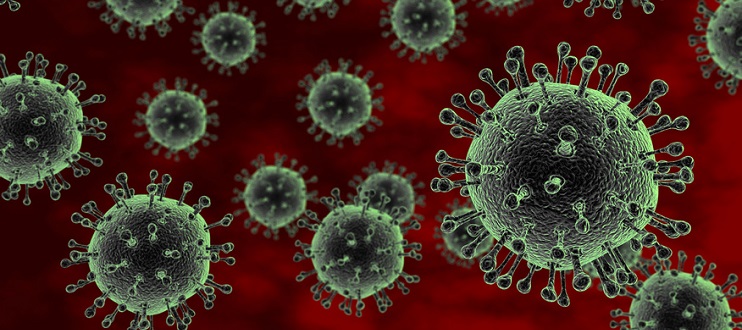

 Back to Latest News
Back to Latest News

Authors: Miguel L. O'Ryan, Ralf Clemens
Summary
Rotaviruses cause 30–50% of severe diarrhoea cases in children younger than 5 years, leading to about 450 000 deaths every year. Infections during the first months of life are protective against symptomatic reinfections later on, setting the stage for vaccine development. The existence of four major genotypes—G1[P8], G2[P4], G3[P8], and G4[P8]—created a great challenge because in-vitro studies suggested that antibodies to a specific type neutralised only that type, raising the question of whether it would be necessary for a vaccine to include all common genotypes.
In The Lancet Infectious Diseases, Naor Bar-Zeev and colleagues report results of the second effectiveness study to be done in Africa (Blantyre, Malawi). In the first study, Michelle Groome and colleagues showed 57% (95% CI 40–68) effectiveness against rotavirus diarrhoea that required a minimum of overnight hospital admission in children in South Africa younger than 2 years who were vaccinated at 6 and 14 weeks of life.
The data for vaccine effectiveness in Malawi are similar to, if not better than, those for other efficacy trials is good news and findings can probably be extrapolated to regions with similar socioeconomic conditions. Differential serotype and genotype effectiveness will have to be continuously monitored and the search for even better vaccines and strategies must continue. Although, the natural history of rotavirus infection and disease in low-resource regions suggests that oral vaccines that mimic protection conferred by natural infections might have reached their maximum effectiveness, this figure is still substantial and vaccines could potentially prevent nearly 300 000 deaths of infants and children every year.
To learn more, read the article published on The Lancet Infectious Diseases.